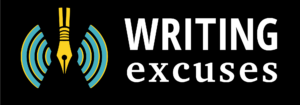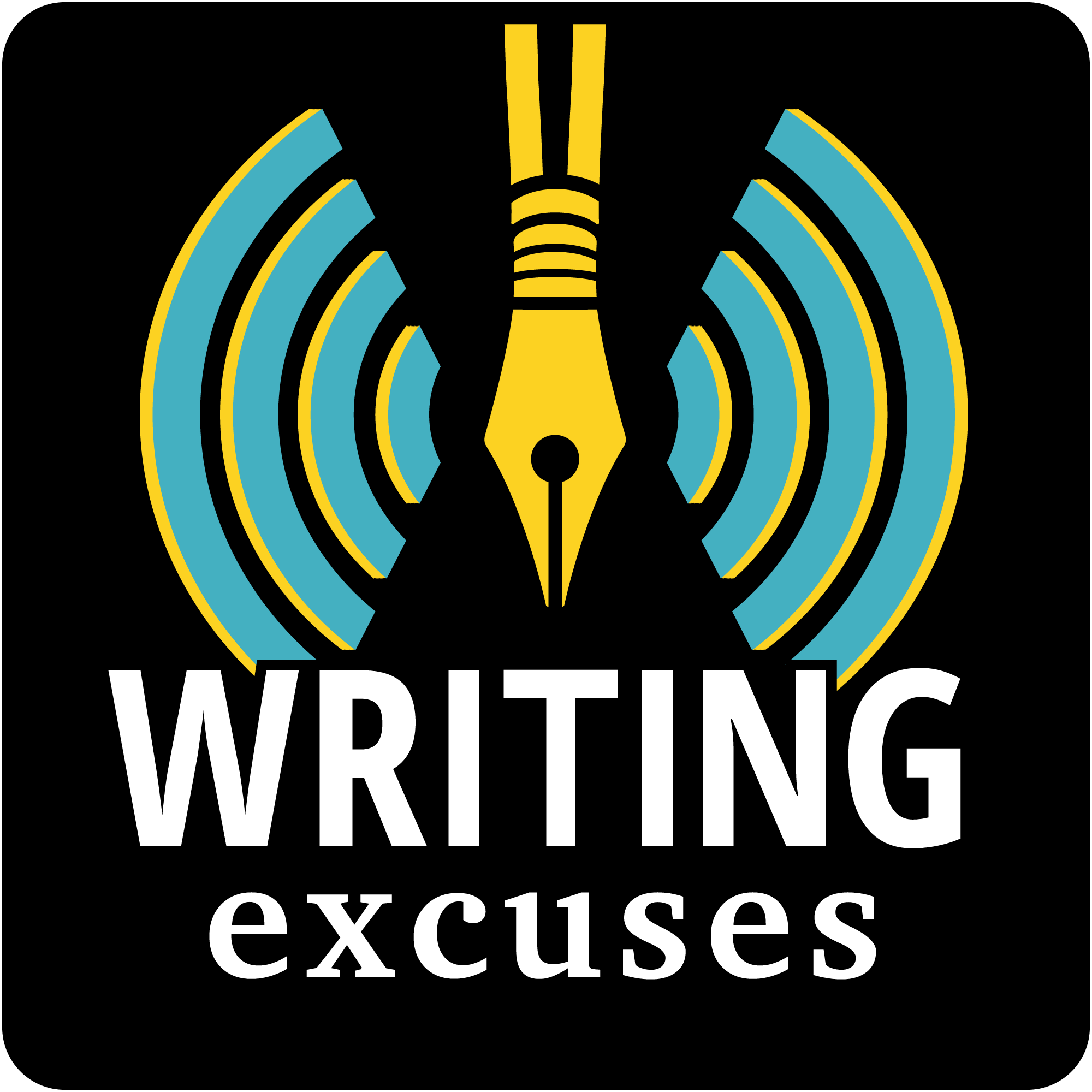Your Hosts: Dan Wells, Mary Robinette Kowal, Peng Shepherd, and Howard Tayler We’re beginning another eight-episode deep-dive series, and this time it’s a fresh approach to story structure, led by our guest host Peng Shepherd. Join us as we zoom right through the overarching frameworks defined via things like the…
Fifteen minutes long, because you're in a hurry, and we're not that smart.

